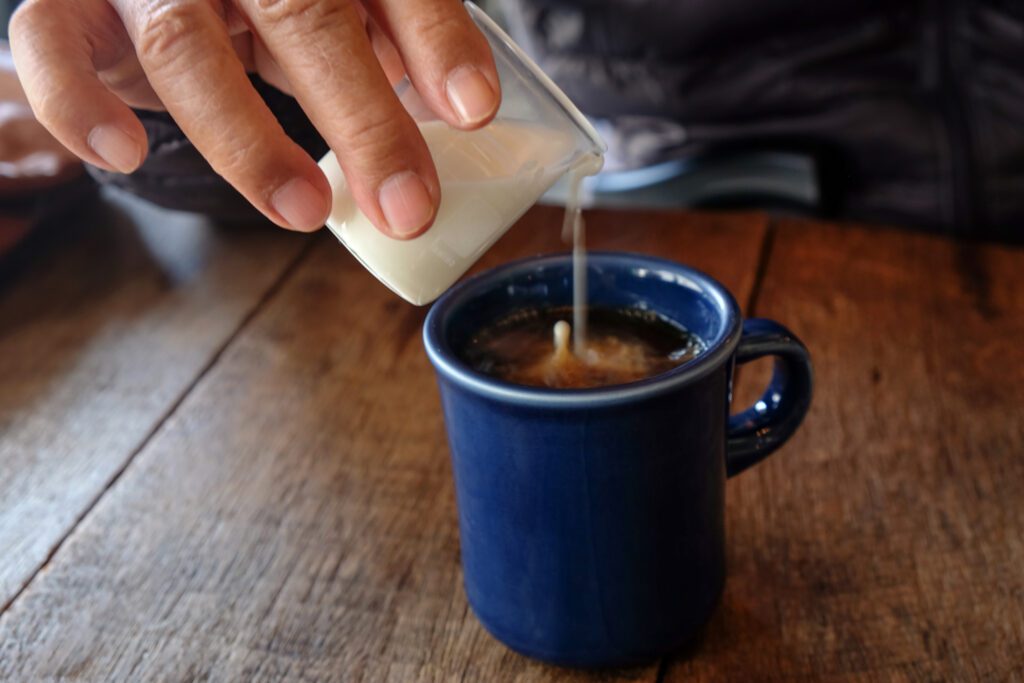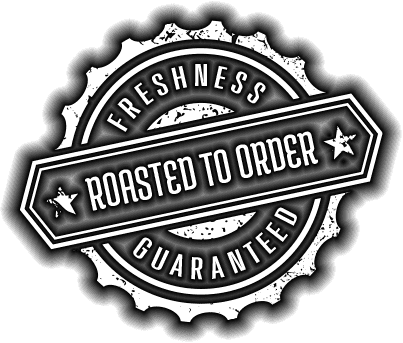Beyond the Bean: Choosing Non-Dairy Creamers
This rundown on non-dairy creamers will help you provide your customers with plenty of delicious options. Continue reading about non-dairy creamers your customers can add to their coffee.
While some may prefer taking their coffee black, the majority of coffee drinkers enjoy accompaniments like cream, sugar, or flavoring. Not so long ago, your only options for creamers were artificial non-dairy creamers and dairy-based options. For example, like cream, half and half, or milk.
The prevalence of vegetarian and vegan diets, however, has helped open up a world of plant-based creamer alternatives. In this article, you’ll learn more about the options out there and to figure out what works best for you.

The New Age of Choosing Non-Dairy Creamers
What soymilk started, many types of nut milk have continued. There’s now a whole world of plant-based creamers on the market to choose from. These options are great to have on the menu, as they are generally lighter than a traditional creamer. Plus, they still impart the great flavor and body. The most popular of these in the coffee world are soymilk, almond milk, and oat milk.
Soymilk
Soymilk has been around for a while and is produced as you might have guessed, from soybeans. Originally an intermediary product in the process of making tofu, it has gained traction as a popular milk alternative. If you’re looking for a close milk analog, this is your best bet.
It contains natural proteins, oils, and a gentle sweetness that is very comparable to normal milk. Meanwhile, it contains less than half the fat, calories, and carbs than regular milk making it an attractive health option. Soymilk works well in any situation you would use regular milk and is a great one-stop-shop for providing a vegetarian or vegan-friendly creamer.
Almond Milk
Almond milk, once again being very self-explanatory, is derived from almonds. Its manufacturing process is straightforward. Essentially, grinding the almonds down to a fine paste and mixing it with water. As a result, almond milk lacks body compared to traditional creamers and even soymilk.
In return though, you get a delectable subtle nutty flavor and a great boost of vitamin e. It also has a smoother silkier texture than many of the options on the market. Lastly, it pairs very well with dark roasts that already possess a lot of body.
Oat Milk
Oat milk, well, comes from oats. Similar to almond milk, steel-cut oats are blended into a paste then mixed with water to create the final product. It lacks some body compared to soymilk and has a slightly lower protein content. However, it does contain natural fibers and iron to contribute to a healthy diet.
Taste-wise, it’s quite similar to actual milk, possessing a light sweetness and gentle tang. It’s in the aftertaste where oat milk really starts to shine. Its oat-esc aftertaste pairs excellently with nearly any strength of coffee, regardless of roast style or other flavorings. It also foams up very well, making it a great option for cappuccinos or drinks that contain foam.
A Few Considerations of Non-Dairy Creamers
When using these alternative kinds of milk, it’s important to keep a few things in mind. First, just like regular milk, they will begin to spoil after opening. In general, expect them to last between 4-7 days, just like regular milk. However, they often have a longer best by date making them suitable to store in large quantities before opening.
Second, because these kinds of milk are essentially emulsified solids in water, they can curdle quickly if added to a hot cup of coffee. To counteract this, don’t add it in straight out of the fridge, allow the milk to warm up a little bit before adding it to the mug. This avoids unsightly looking bits in your coffee, although it won’t actually affect the flavor.
Finally, just like regular milk comes in a variety of styles, so do these alternatives. Often you can find unsweetened versions or versions that are fortified with additional nutrients. Shop around and do taste tests to see what works best for your business.
With this primer under your belt, you should be ready to start adding new creamer options to your menu to satisfy even the most discerning customer. Come back for our next installment of Beyond the Bean to learn more about some of the most popular flavoring syrups on the market. Do you have any questions about non-dairy creamers? Let us know by contacting us.
< Back to Blog


